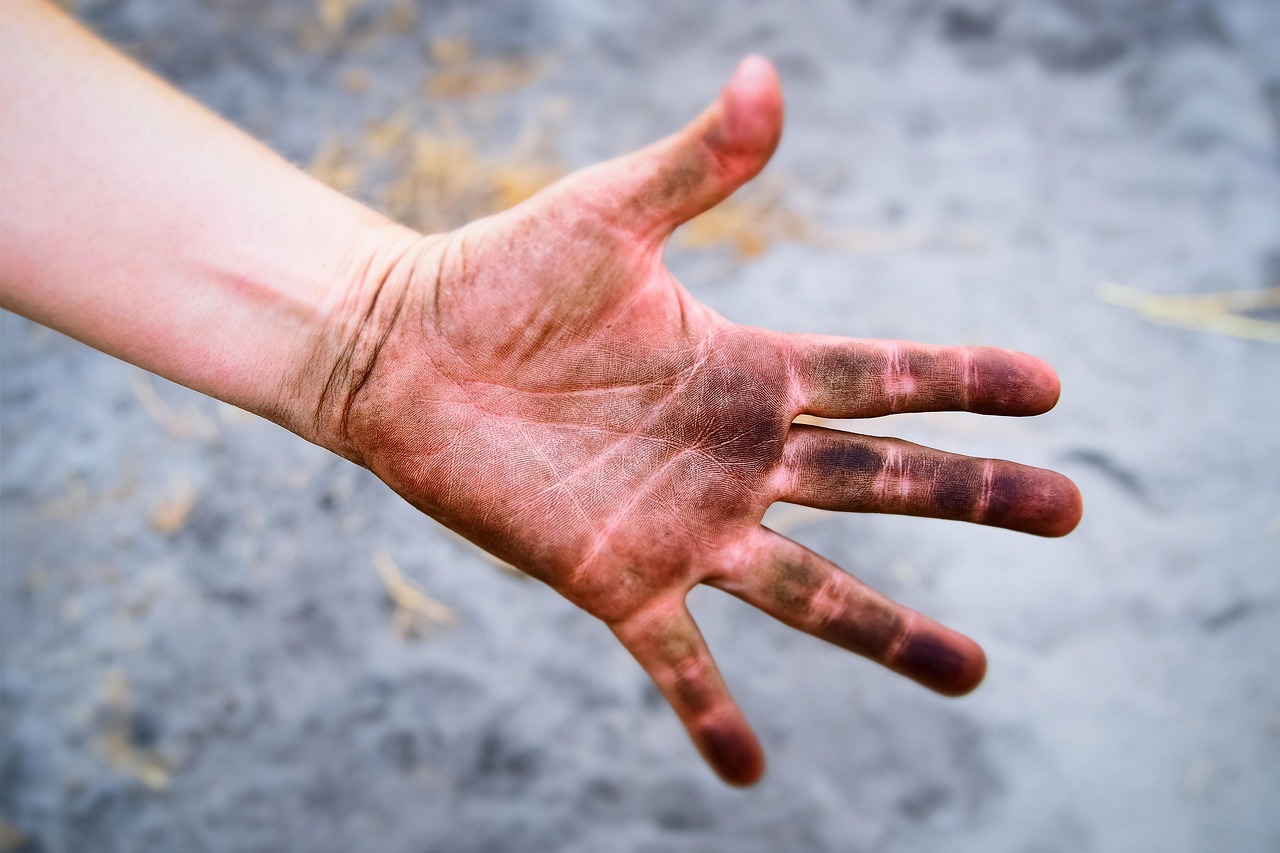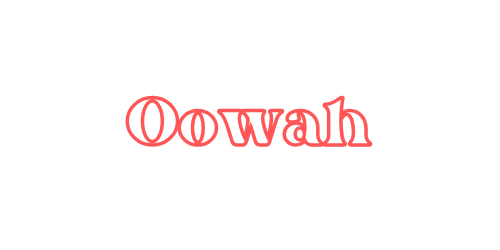
Learn Japanese Body Parts
Essential Vocabulary and Conversations
Understanding Japanese body parts vocabulary is crucial for everyday conversations, whether describing symptoms at a doctor’s office, giving directions, or engaging in casual discussions. If you’re a foreigner living in Australia and learning Japanese, this guide will help you master body-related terms and practical sentences.
Basic Japanese Body Parts Vocabulary
Here are the most common body part names in Japanese:
Head and Face
| English | Japanese (Kanji) | Japanese (Hiragana) | Romaji |
|---|---|---|---|
| Head | 頭 | あたま | atama |
| Face | 顔 | かお | kao |
| Eyes | 目 | め | me |
| Ears | 耳 | みみ | mimi |
| Nose | 鼻 | はな | hana |
| Mouth | 口 | くち | kuchi |
| Teeth | 歯 | は | ha |
| Tongue | 舌 | した | shita |
| Cheeks | 頬 | ほほ / ほっぺた | hoho / hoppeta |
| Chin | 顎 | あご | ago |
Upper Body
| English | Japanese (Kanji) | Japanese (Hiragana) | Romaji |
| Neck | 首 | くび | kubi |
| Shoulders | 肩 | かた | kata |
| Arms | 腕 | うで | ude |
| Elbow | 肘 | ひじ | hiji |
| Hands | 手 | て | te |
| Fingers | 指 | ゆび | yubi |
| Chest | 胸 | むね | mune |
| Stomach | お腹 | おなか | onaka |
| Back | 背中 | せなか | senaka |
Lower Body
| English | Japanese (Kanji) | Japanese (Hiragana) | Romaji |
| Waist | 腰 | こし | koshi |
| Hips | 臀部 | でんぶ | denbu |
| Legs | 足 | あし | ashi |
| Knees | 膝 | ひざ | hiza |
| Ankles | 足首 | あしくび | ashikubi |
| Feet | 足 | あし | ashi |
| Toes | 足の指 | あしのゆび | ashi no yubi |
💡 Tip: The word “足 (ashi)” can mean both “leg” and “foot” depending on context.
Common Japanese Phrases Using Body Parts
At the Doctor’s Office
- 頭が痛いです。 (Atama ga itai desu.) → “I have a headache.”
- お腹が痛いです。 (Onaka ga itai desu.) → “I have a stomachache.”
- 喉が痛いです。 (Nodo ga itai desu.) → “My throat hurts.”
- 足をケガしました。 (Ashi o kega shimashita.) → “I injured my leg.”
- 目がかゆいです。 (Me ga kayui desu.) → “My eyes are itchy.”
- 腰が痛いです。 (Koshi ga itai desu.) → “I have lower back pain.”
Everyday Conversations
- 目が大きいですね! (Me ga ookii desu ne!) → “You have big eyes!”
- 手を洗ってください。 (Te o aratte kudasai.) → “Please wash your hands.”
- 耳がいいですね! (Mimi ga ii desu ne!) → “You have good hearing!”
- 足が速いですね! (Ashi ga hayai desu ne!) → “You run fast!”
- 髪がきれいですね。 (Kami ga kirei desu ne.) → “Your hair is beautiful.”
- 肩が凝っています。 (Kata ga kotteimasu.) → “My shoulders are stiff.”
Expressing Feelings and Actions
- 肩の力を抜いてください。 (Kata no chikara o nuite kudasai.) → “Relax your shoulders.”
- 胸を張ってください。 (Mune o hatte kudasai.) → “Stand tall (literally: puff your chest).”
- 背中を押してくれますか? (Senaka, ooshite kuremasu ka?) → “Can you push my back?”
- 手を貸してもらえますか? (Te o kashite moraemasu ka?) → “Can you give me a hand?”
How to Memorize Japanese Body Parts Easily
- Use flashcards—write the Japanese name on one side and the English translation on the other.
- Label Your Body—Attach sticky notes to different body parts with their Japanese names.
- Practice with a Partner—Ask a friend to quiz you on body parts.
- Use in Daily Life—Describe pain or movement using the words you’ve learned.
- Watch Japanese Shows—Listen for body-related words in anime, dramas, or health programmes.
- Sing Songs—Many Japanese children’s songs include body parts vocabulary, making it easier to remember.
Conclusion
Learning Japanese body parts vocabulary will improve your everyday communication and help in medical situations. Whether you’re an Australian resident learning Japanese for travel, work, or daily life, mastering these words will make conversations smoother and more natural.
Start practicing today, and soon you’ll be confidently talking about body parts in Japanese!
